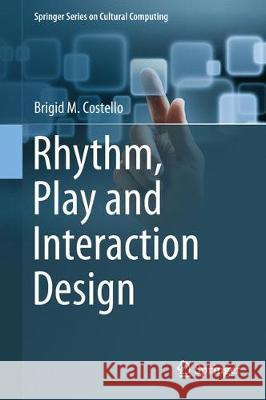Rhythm, Play and Interaction Design » książka
topmenu
Rhythm, Play and Interaction Design
ISBN-13: 9783030098131 / Angielski / Miękka / 2018 / 188 str.
Kategorie:
Kategorie BISAC:
Wydawca:
Springer
Seria wydawnicza:
Język:
Angielski
ISBN-13:
9783030098131
Rok wydania:
2018
Wydanie:
Softcover Repri
Ilość stron:
188
Waga:
0.27 kg
Wymiary:
23.62 x 21.34 x 1.02
Oprawa:
Miękka
Wolumenów:
01











